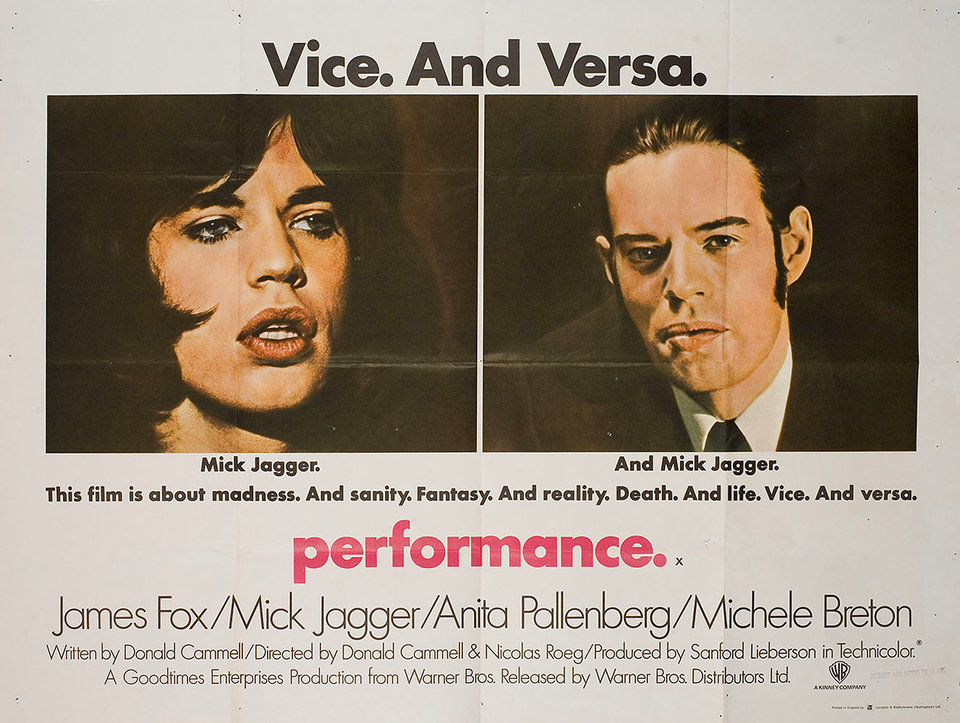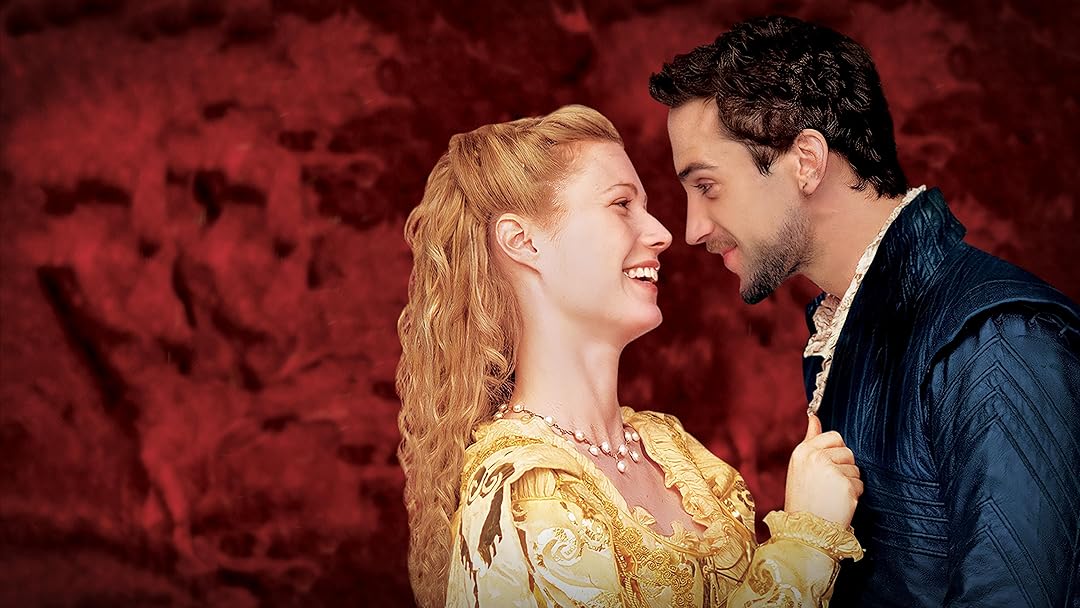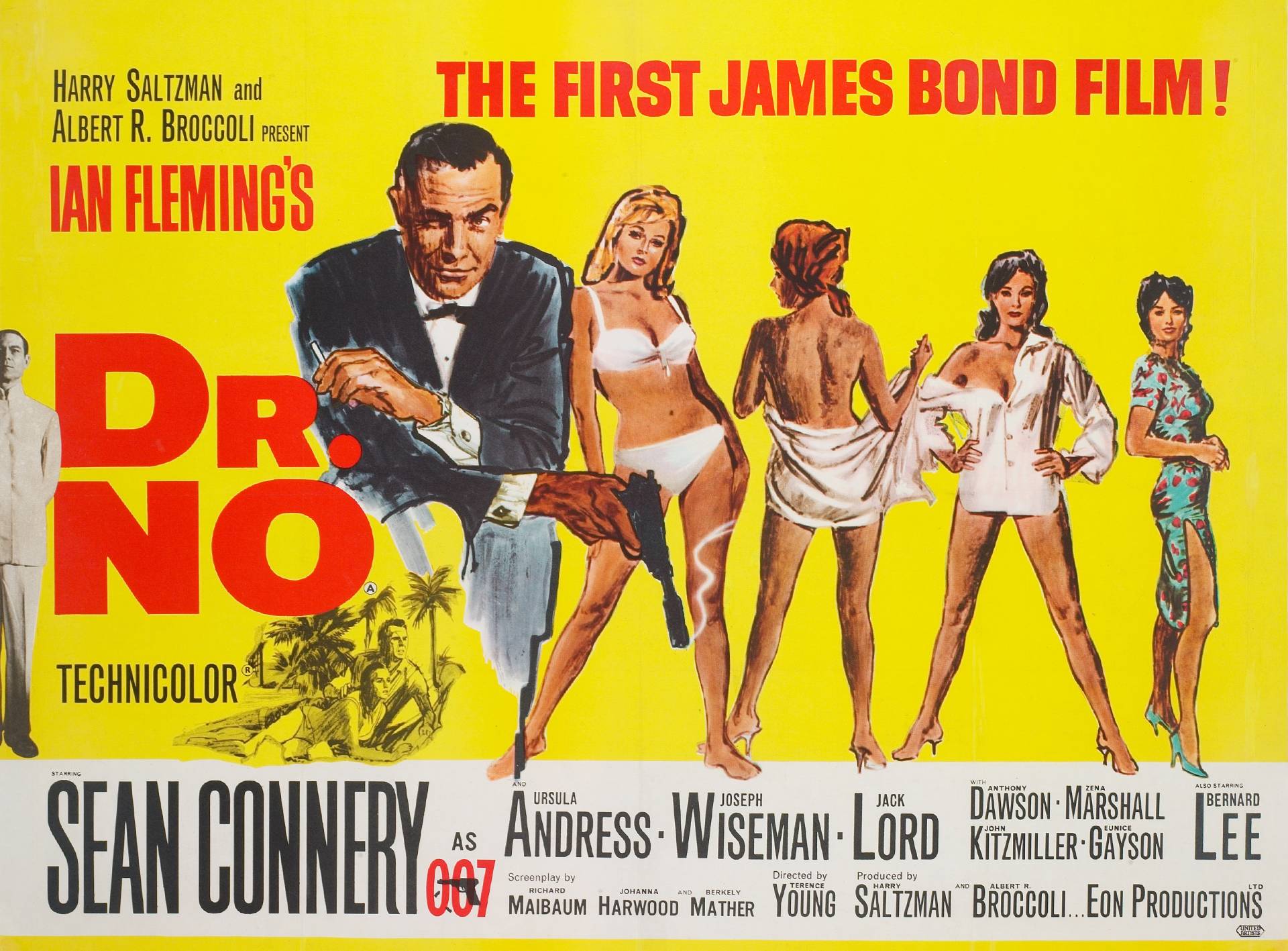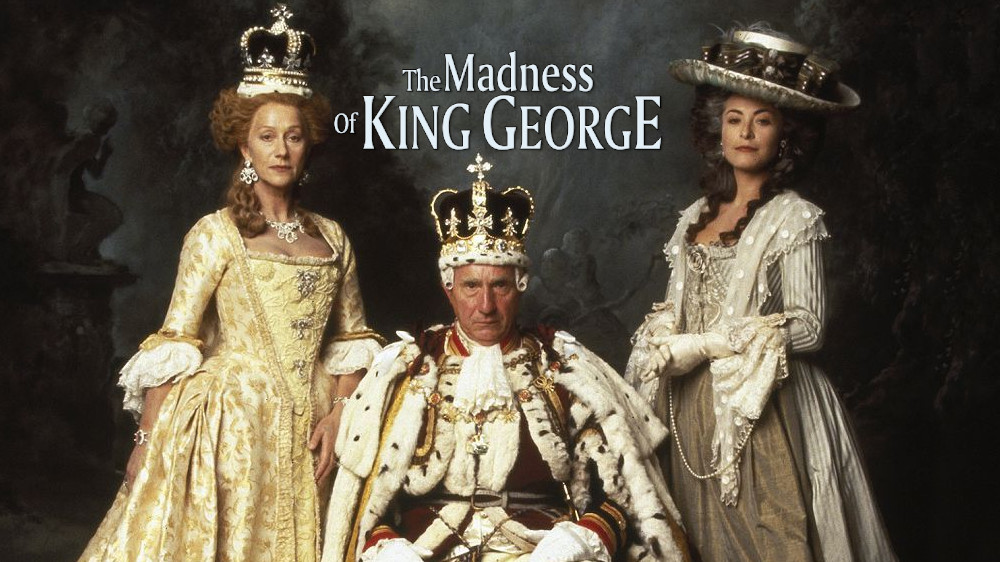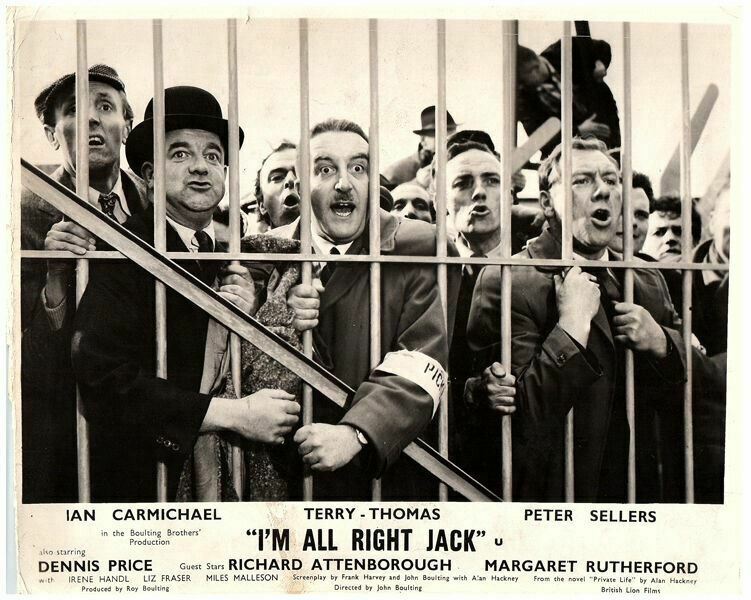
10 Interesting Facts and Figures About “I’m All Right Jack” (1959)
“I’m All Right Jack,” directed by John Boulting, is a classic British satirical comedy that pokes fun at the post-war industrial landscape of Britain. Released in 1959, the film has left a lasting impact on British cinema and continues to resonate with audiences today. Here are ten intriguing facts and figures that highlight the film’s significance and legacy.
1. A Star-Studded Cast
The film features a remarkable ensemble cast, including the legendary Peter Sellers, who plays the bumbling factory worker, Fred Kite. Other notable actors include Ian Carmichael, Terry-Thomas, and Margaret Rutherford, all of whom contributed to the film’s enduring charm.
2. Box Office Success
“I’m All Right Jack” was a commercial success, grossing over £1 million in its first year of release. This was a significant achievement for a British film in the late 1950s, highlighting its appeal to audiences.
3. Satirical Edge
The film is known for its sharp satire of the British class system and industrial relations. It cleverly critiques the incompetence of management and the complacency of workers, making it a relevant commentary on the socio-economic climate of the time.
4. Award Recognition
The film garnered critical acclaim and won the BAFTA Award for Best British Film in 1960. This recognition solidified its place in British cinema history and showcased the film’s impact on the industry.
5. Innovative Use of Locations
Filming took place in various locations, including the real-life factory settings in the West Midlands. The authentic industrial backdrop added to the film’s realism and immersion, making the satire even more potent.
6. Influence on Later Comedies
“I’m All Right Jack” has influenced numerous British comedies that followed, setting a precedent for satirical storytelling. Its approach to humor and social commentary paved the way for films that tackled similar themes.
7. Cultural Context
The film was released during a time of significant social change in Britain, following the end of World War II. The changing dynamics of labor, management, and class were crucial to the film’s narrative, reflecting the anxieties and issues of the era.
8. Iconic Catchphrases
The film is known for its memorable catchphrases, particularly Peter Sellers’ character, who famously declared “I’m all right, Jack!” This phrase has since entered popular culture, often used to describe a self-satisfied attitude.
9. Critical Praise
Critics have often praised the film for its witty script and strong performances. It has been described as one of the best British comedies of its time, remaining beloved by audiences and film scholars alike.
10. Legacy and Restoration
In recent years, “I’m All Right Jack” has undergone restoration efforts to preserve its quality for future generations. The film continues to be screened at film festivals and special events, ensuring its legacy endures.
Conclusion
“I’m All Right Jack” remains a significant film in British cinema, thanks to its unique blend of humor, social critique, and stellar performances. The facts and figures surrounding the film illustrate its importance, both as a cultural artifact of its time and as a source of entertainment that still resonates today. Its sharp observations on class and industry continue to provoke thought and laughter, solidifying its status as a classic.

